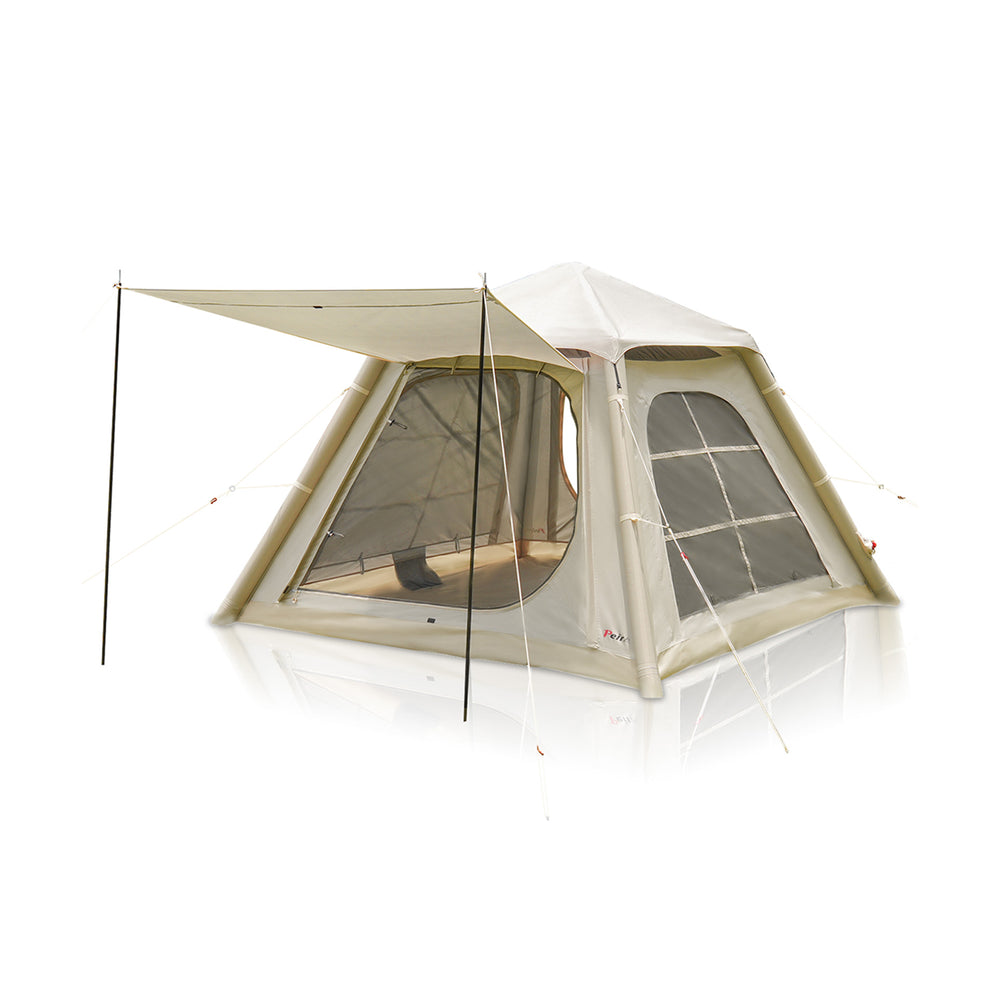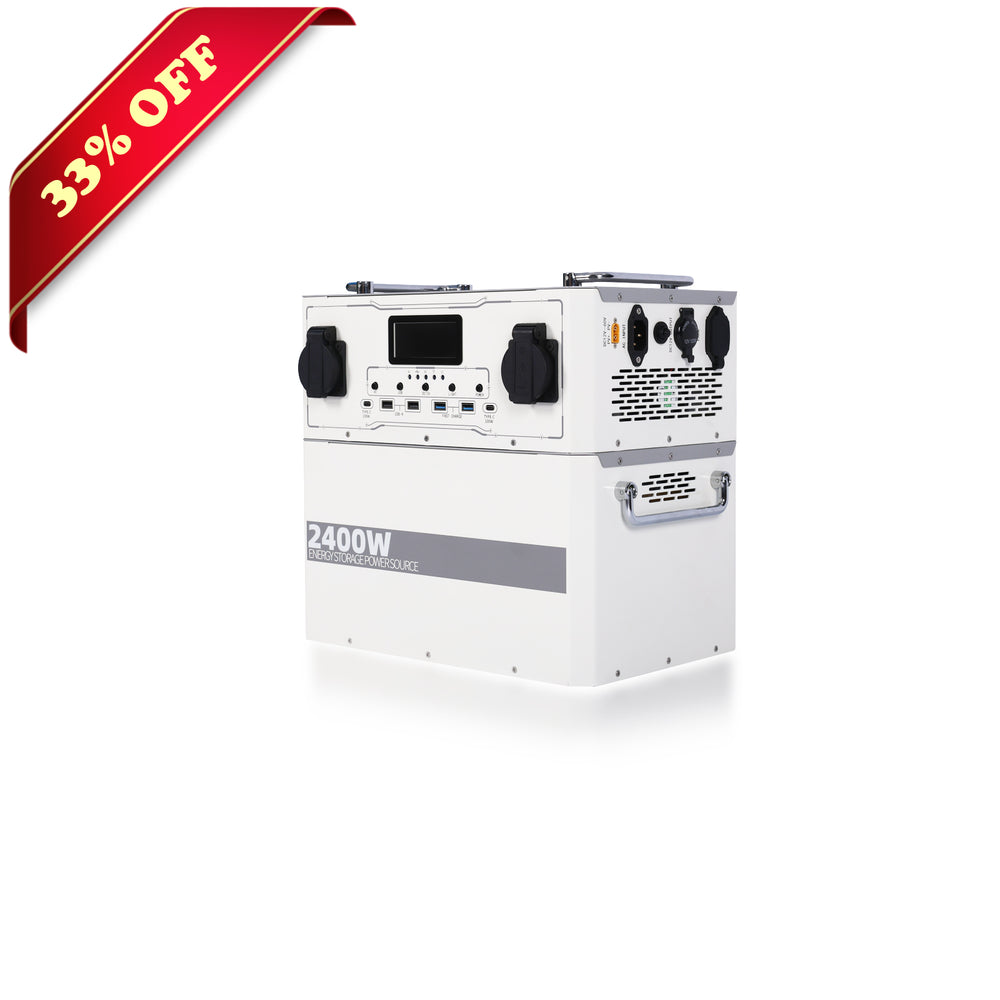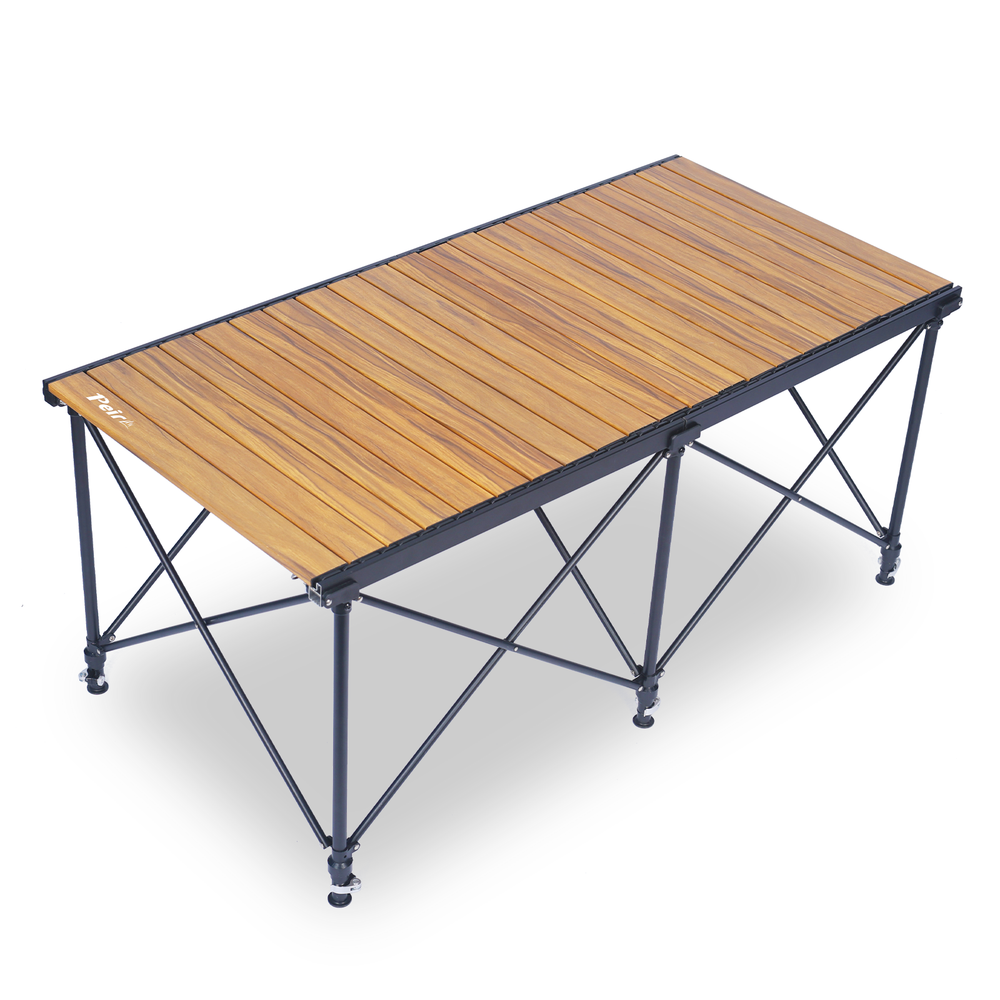If you spend enough time camping in the wilderness, you'll eventually wake up to find condensation inside your tent. The good news is that it’s possible to reduce tent condensation while backpacking.Hearing the rain gently tapping on your tent can be soothing, but dealing with condensation dripping from the tent roof is far less pleasant. It’s a camper’s worst nightmare.
Even if you follow all the right steps, certain environmental factors (like high humidity) may still lead to moisture buildup inside the tent. However, by taking the proper precautions, you can significantly minimize condensation and make the most of your backpacking trip.
7 Ways To Prevent Condensation in Your Tent
1. Choose Your Campsite Wisely
It might seem a bit odd, but where you decide to camp for the night actually does affect how likely you are to experience in-tent condensation in the morning. Some places are just more conducive to condensation formation than others.
In particular, pitching your tent under a stand of trees or in a forest will generally result in less condensation than setting up shop in the middle of an open field. This is mostly because of the fact that condensation is most likely to form in chilly weather conditions during the night.
Warm air generally likes to collect in forests because the trees act as a sort of insulator from the sky above. Therefore, camping in a forested locale will mean warmer temperatures and a lower chance for condensation build-up during the night.
Conversely, camping in an open field or alpine area means that your campsite is subject to massive temperature fluctuations at night. These temperature fluctuations are bad news when it comes to condensation, so you can expect a wet tent come morning.
You should also avoid camping near streams, lakes, and ponds. They may seem like great places to stay the night, however, humidity levels will be much higher there, causing more condensation inside your tent.
2. Pitch Your Tent Properly
It’s also essential that you pitch your tent properly if you want to avoid condensation at night. While a well-pitched tent certainly isn’t guaranteed to be condensation-free, it will definitely help.
A well-pitched tent boasts a taut fly that offers plenty of space between the fly and the tent’s mesh body. Meanwhile, poorly-pitched tents often have rainflies that sag and rest directly on the mesh canopy. As a result, these poorly-pitched tents offer little by way of ventilation or airflow through your tent’s mesh canopy.
Furthermore, a sagging tent is more likely to collect water at night if it starts to rain. While rain and condensation are not the same thing, they both result in the same problem: wet gear. Therefore, a properly pitched tent can do wonders for you, both when it comes to preventing condensation and when it comes to staying dry in the rain.
3.Don’t Cook Inside - Boiling Water Creates Large Vapor Volumes
From safety to extra condensation, there are many reasons not to cook in your tent. It’s tempting, especially in an Atacama or Solo with large utility bays but the costs outweigh the benefits.
4.Wet Clothes and Gear Bring Added Moisture Into the Tent
Leave the wet stuff outside to dry whenever possible. If it must come inside consider storing it in a dry bag to prevent evaporation.
5. Ensure Adequate Ventilation at All Times
Even with a proper pitch, the air inside your tent will always be more humid then the air outside, that’s why good airflow is essential if you want to avoid excessive condensation each morning. So, then, how can you increase airflow in your tent?
Every tent model is a little different, however, chances are that your shelter comes with some sort of built-in ventilation system. For most tents, this system involves roof vents built into the rainfly and low vents around the perimeter of the shelter. So, make sure all the vents are open to promote good airflow.
Sometimes the moisture in the air can be so great that these vents alone aren’t enough. If this is the case, you can always roll back the vestibule doors of your tent to encourage additional airflow. If it would start to rain, you can just simply reach out and zip up your tent door to stormproof your shelter.
So, we see here, that the key is to make ventilation a priority while you’re outside. Even if you’re expecting cold temperatures at night, keeping the air flowing through your shelter is important for staving off condensation. So, unless rain is in the forecast, prop open those vents and if possible roll back the vestibule doors to ensure adequate ventilation at all times.
6. Keep Wet Gear Outside Your Tent
Condensation generally requires 2 key ingredients: chilly temperatures and moisture.We’ve already talked a bit about how you can keep cold temperatures at bay while in the mountains by selecting a forested campsite, but what about moisture?
Although there’s not too much you can do when it comes to moisture in the form of rain, there is a whole lot you can do to limit the amount of moisture you willingly carry into your tent at night. So, what do you do? The answer is to keep wet gear outside your tent at all times.This includes any wet clothing, shoes, or any piece of gear that’s damp. It may seem convenient to keep all your gear with you at night, however, it’s not exactly going to help you avoid condensation build-up in the morning.
Leaving your wet gear outside will hopefully allow things to dry out before morning and the moisture coming off your gear will evaporate into the air around you instead of being trapped inside your tent at night, which would eventually turn into condensation.If you’re unable to keep your wet gear outside because of the weather consider putting the gear inside a stuff sack to help reduce any potential condensation issues.
7. Remove Your Rain Fly
More often than not, backpackers tend to completely pitch their tent — rainfly and all — for every single night of their camping trip, even when the skies are as clear as can be.However, unless it’s actively raining or unless it’s really, really windy outside, your tent’s rainfly isn’t doing much for you. In fact, the only thing your tent’s rainfly is doing in these situations is causing condensation at night.
Therefore, when clear skies are in the forecast, consider removing your tent’s rainfly. Although you should always be ready to set up your rainfly at a moment’s notice if it starts to rain, sleeping in your tent without the rainfly is a great way to limit condensation at night.That’s because, no matter how breathable it is, your rainfly does a pretty darn good job of trapping in moisture and blocking airflow. So, nixing your rainfly can keep condensation at a minimum.
Recommended reading:
How to Dry Out a Wet Tent
Most of the time, you’re only going to be able to stop most of the condensation with these steps, not all of it. That means, after a long backpacking trip or just a humid overnight, you’re going to need to dry out your tent. If you don’t make sure your tent is completely dry before you put it back into storage, you run the risk of mold forming, which can lead to you buying a new tent next season. If you want your tent to last, you have to make sure it’s dry.
When you get home from any backpacking trip, the first thing you should do is pitch your tent in your backyard or garage for at least a night. Check the fabric on the inside and outside for moisture, and leave it with the doors and vents open until it dries out. Pro tip: you may also want to wash your tent when you get home, especially if you backpacked in an exceptionally muddy or dusty place.
When your tent is all dried out, you can store it with confidence that it’ll be in great condition next time you need it! It’s also a smart idea to hang up your hammock sleeping bag, synthetic sleeping bag, or whatever you sleep in while camping, for 24-48 hours. Condensation doesn’t just affect tents—it can get into all your camping gear.
Conclusion
Stopping condensation from becoming an issue inside your tent can seem like a fool's errand—if it’s humid outside, there is little you can do to fix it. However, with a bit of selectiveness in choosing your campsite and a lot of air flow, you can sleep easy with a cool, dry tent.












 Peirhw Inflatable House Tent - Starry Night Love
Peirhw Inflatable House Tent - Starry Night Love
 Peirhw Glamping Tents - Friendship Castle
Peirhw Glamping Tents - Friendship Castle
 Peirhw Inflatable Canopy Tent - Adventurer
Peirhw Inflatable Canopy Tent - Adventurer



 Peirhw Portable Air Conditioner
Peirhw Portable Air Conditioner
 【Advance Sale】Peirhw Portable Power Station 2400W
【Advance Sale】Peirhw Portable Power Station 2400W
 【Advance Sale】Peirhw Portable Power Station 600W
【Advance Sale】Peirhw Portable Power Station 600W




 Peirhw Self Inflating Sleeping Pad
Peirhw Self Inflating Sleeping Pad
 Peirhw Air Mattress (8" Queen Type)
Peirhw Air Mattress (8" Queen Type)
 Peirhw Camping Sleeping Bag
Peirhw Camping Sleeping Bag


 Peirhw Butterfly-shaped Canopy for Camping
Peirhw Butterfly-shaped Canopy for Camping
 Peirhw Camping Waterproof Canopy (Cannot be Purchased Separately)
Peirhw Camping Waterproof Canopy (Cannot be Purchased Separately)


 Peirhw Outdoor Folding Chairs
Peirhw Outdoor Folding Chairs
 Peirhw Folding Camping Table
Peirhw Folding Camping Table












